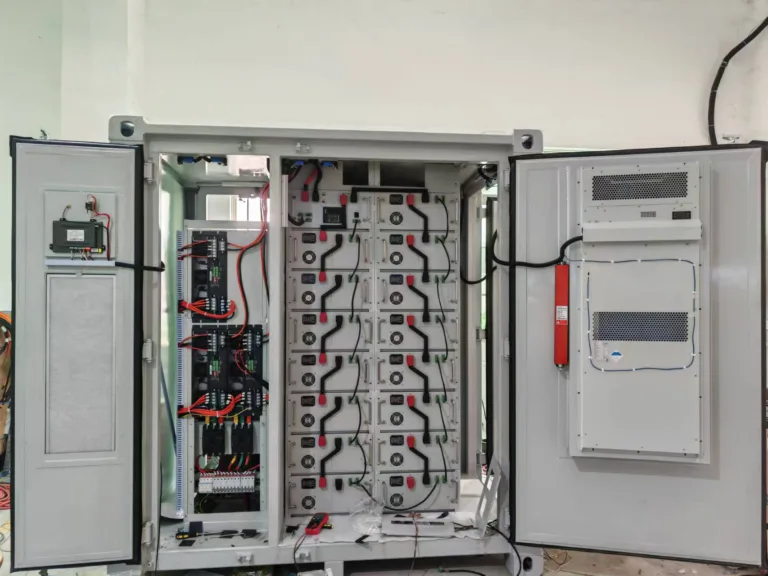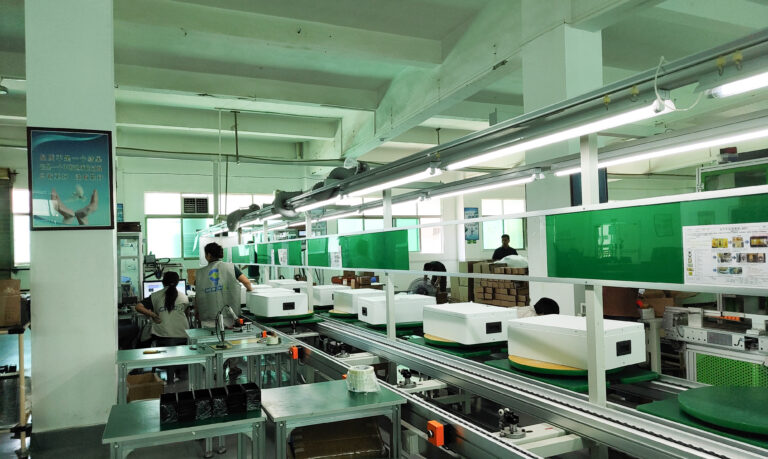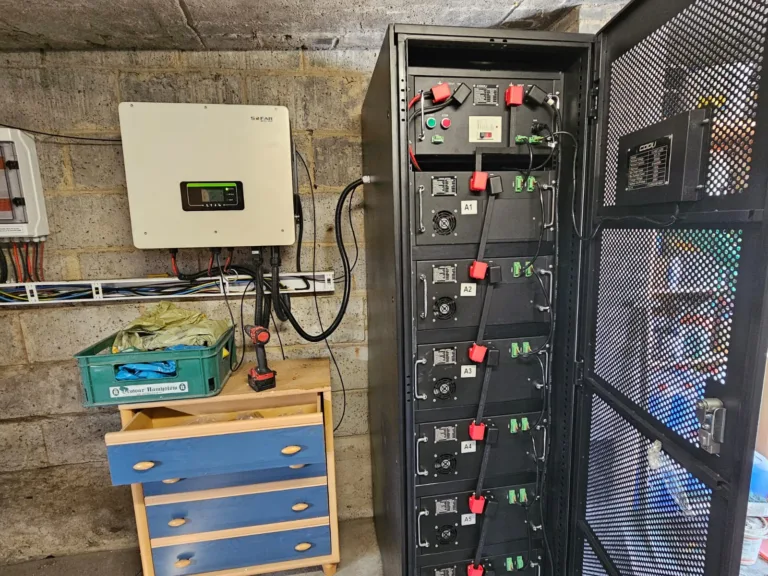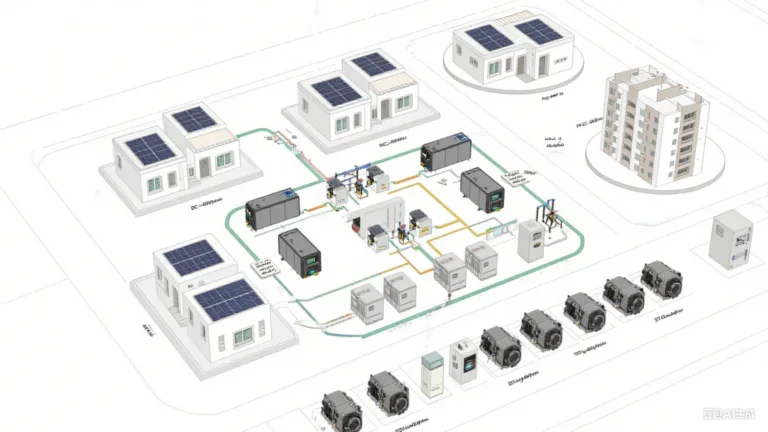Uganda’s Stunning Lithium Battery Revolution: 90% Energy Cost Cut!
Uganda’s Lithium Battery Revolution: Cutting Energy Costs by 90% While Supercharging Grid Resilience
Imagine a rural Ugandan clinic where vaccines no longer spoil due to erratic power. Or a Kampala textile workshop that slashed its energy bills while sewing through blackouts. Across Uganda, a quiet energy storage revolution is unfolding—driven by the rapid shift from lead-acid batteries to advanced lithium-ion systems. This transition isn’t just about cleaner tech; it’s solving real economic pains for homes, mines, and businesses while building unprecedented grid resilience.

The Lithium Leap: Why Uganda is Ditching Lead-Acid
For decades, lead-acid batteries dominated Uganda’s off-grid and backup power scenes. But their limitations—short lifespans, slow charging, and poor deep-cycle performance—made energy expensive and unreliable. Enter lithium iron phosphate (LiFePO₄) batteries. Unlike older tech, these systems:
- Withstand daily deep discharges (up to 80–90% depth of discharge vs. lead-acid’s 50%)
- Charge 3x faster, maximizing solar harvest during short daylight hours
- Last 4–6x longer—3,000+ cycles vs. 500 for lead-acid
Recent breakthroughs in neighboring Zimbabwe hint at the region’s potential. Coolithium’s lithium-ion batteries achieved zero failures after a year-long test run, with a projected 10-year lifespan. This reliability is critical for Uganda’s infrastructure.
Crunching the Numbers: How LiFePO₄ Slashes Costs by 90%
The sticker price of lithium batteries still exceeds lead-acid (e.g., R3,990 for a 1.28kWh Dyness LiFePO₄ vs. ~R1,500 for lead-acid). But the lifetime economics reveal a staggering reversal:
| Cost Factor | Lead-Acid | LiFePO₄ |
|---|---|---|
| Initial Cost (50kWh system) | €15,000 | €35,000 |
| Replacements Needed (10yr) | 4 | 1 |
| Total 10yr Cost | €76,200 | €36,500 |
| Cost per kWh/cycle | €0.76 | €0.39 |
Source: BSLBATT Lithium vs. Lead Acid Analysis
Result: Lithium’s per-cycle cost is nearly 50% lower—and when paired with solar, total energy expenses can plummet by 90% by eliminating diesel entirely.
Conquering Africa’s Heat: The High-Temperature Edge
Conventional batteries degrade rapidly in Uganda’s tropical climate. LiFePO₄ chemistry thrives here:
- Operates at -20°C to 55°C without performance loss
- Zero maintenance—unlike lead-acid’s water top-ups
- IP65-rated options (e.g., Dyness batteries) resist dust/moisture
This resilience is transforming off-grid mines. Projects like First Solar’s African solar-diesel hybrids use LiFePO₄ storage to cut generator runtime by 70%—saving thousands in fuel and maintenance.
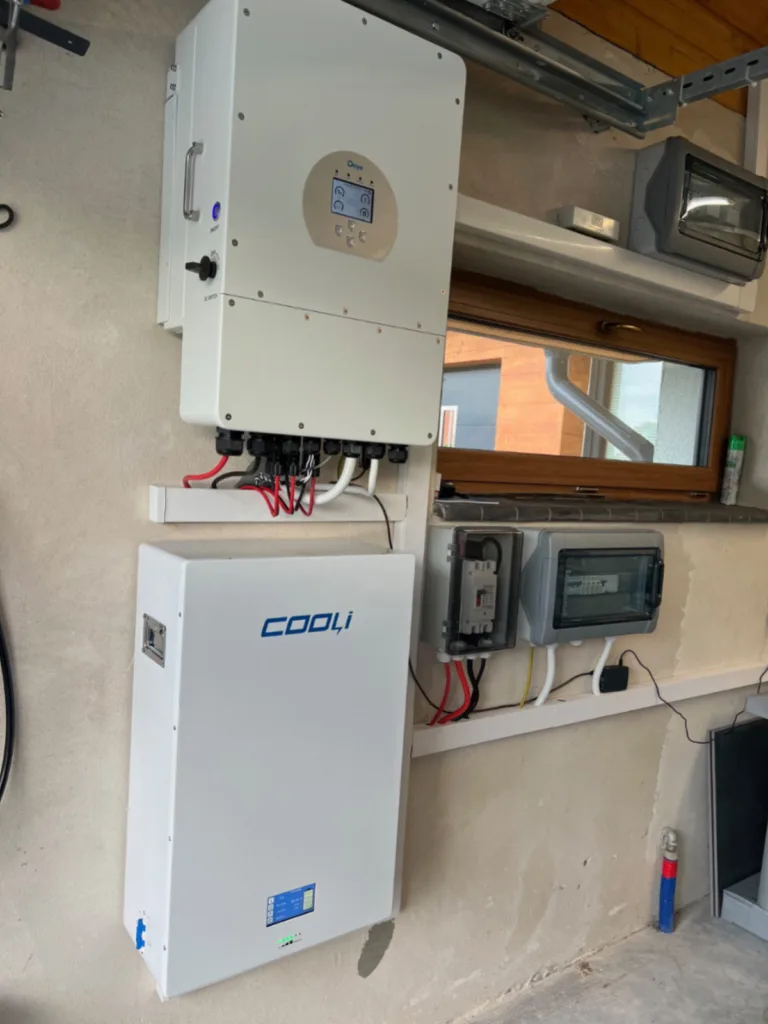
Real-World Impact: From Homes to Mines
Mines & Factories: Uganda’s mining sector is adopting solar-LiFePO₄ microgrids to replace diesel. One mine reported:
- 90% diesel displacement using solar + 17kWh Kowatek ESS
- 3-year payback from fuel and maintenance savings
Homes: A Kampala household using a Dyness 12.8V-100Ah battery (1.28kWh) with solar:
- Eliminated $180/month generator costs
- Nighttime blackout protection via 100A continuous discharge
SMEs: Textile shops and telecom towers now use LiFePO₄ backups like Coolithiums 20kWh system (10-year warranty). Post-COVID, reliable backup became non-negotiable for Uganda’s small businesses.
Policy Tailwinds: Accelerating the Transition
Uganda’s Renewable Energy Policy now incentivizes storage via:
- Tax exemptions for solar-storage imports
- Grants for SMEs adopting LiFePO₄ (e.g., solar-powered agro-processors)
- Net metering allowing grid feedback from battery systems
Projects like the 8kW solar + LiFePO₄ system in Kampala—which inspired nine neighborhood replicas—show how policy enables adoption.

Battery Swapping: A Game Changer for Mobility
Beyond stationary storage, Uganda is embracing lithium for transport. Zembo Motorcycles:
- Runs 29 battery-swap stations across Uganda
- Saves boda boda riders 40% vs. gasoline
- Secured $1 million from Dutch bank FMO to scale up
This model could expand to rural solar kiosks, making batteries accessible without high upfront costs.
The Road Ahead
Lithium’s dominance in Uganda isn’t without hurdles. Initial costs remain prohibitive for some, and lead-acid recycling must improve. Yet with battery prices falling 15% annually and local projects proving viability (like the 350-solar-inverter rollout in Afghanistan), the transition is accelerating.
As Eng. Tapfumaneyi of Verify Engineering notes, lithium’s value extends beyond batteries—into medicine, lubricants, and even rocket propellants1. For Uganda, this isn’t just an energy upgrade; it’s a gateway to industrial innovation.
“With lithium, we’re not just powering lights; we’re powering economies.” — Solar Engineer, Kampala Off-Grid Project
Final Word: Uganda’s lithium leap is redefining resilience. By cutting energy costs up to 90% and integrating seamlessly with solar, LiFePO₄ batteries aren’t just backup solutions—they’re the backbone of a self-sufficient, industrial-ready grid. The rest of Africa is taking notes.



